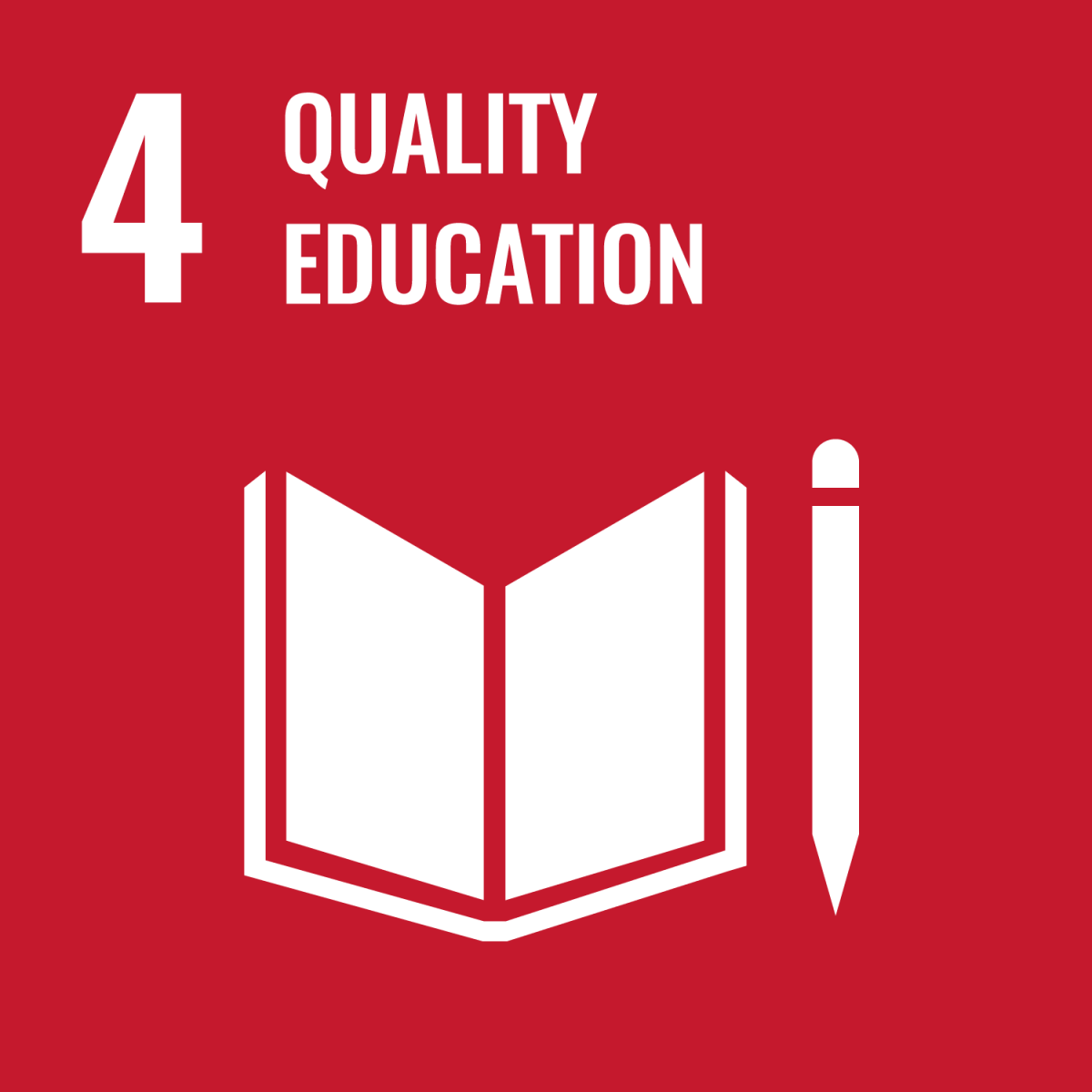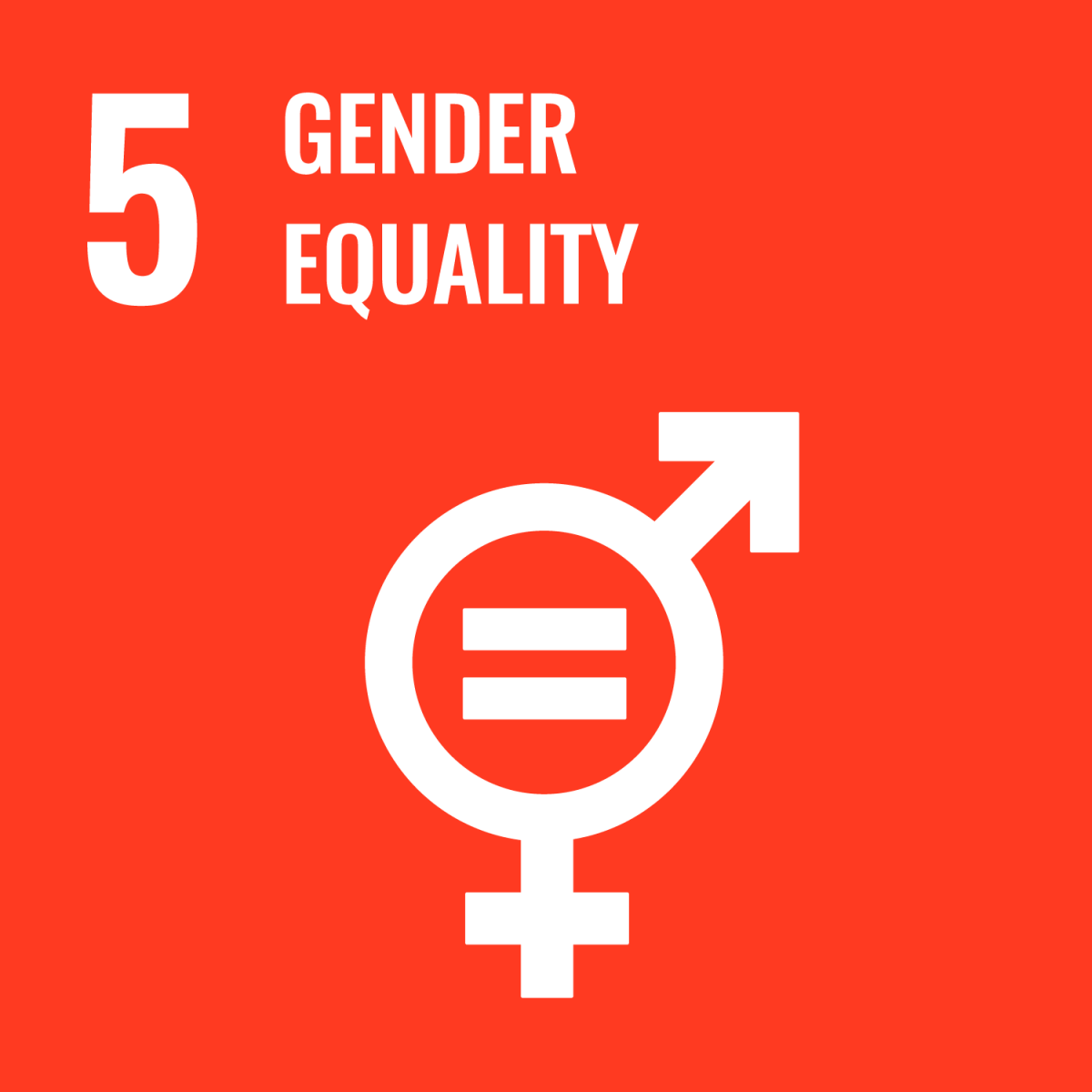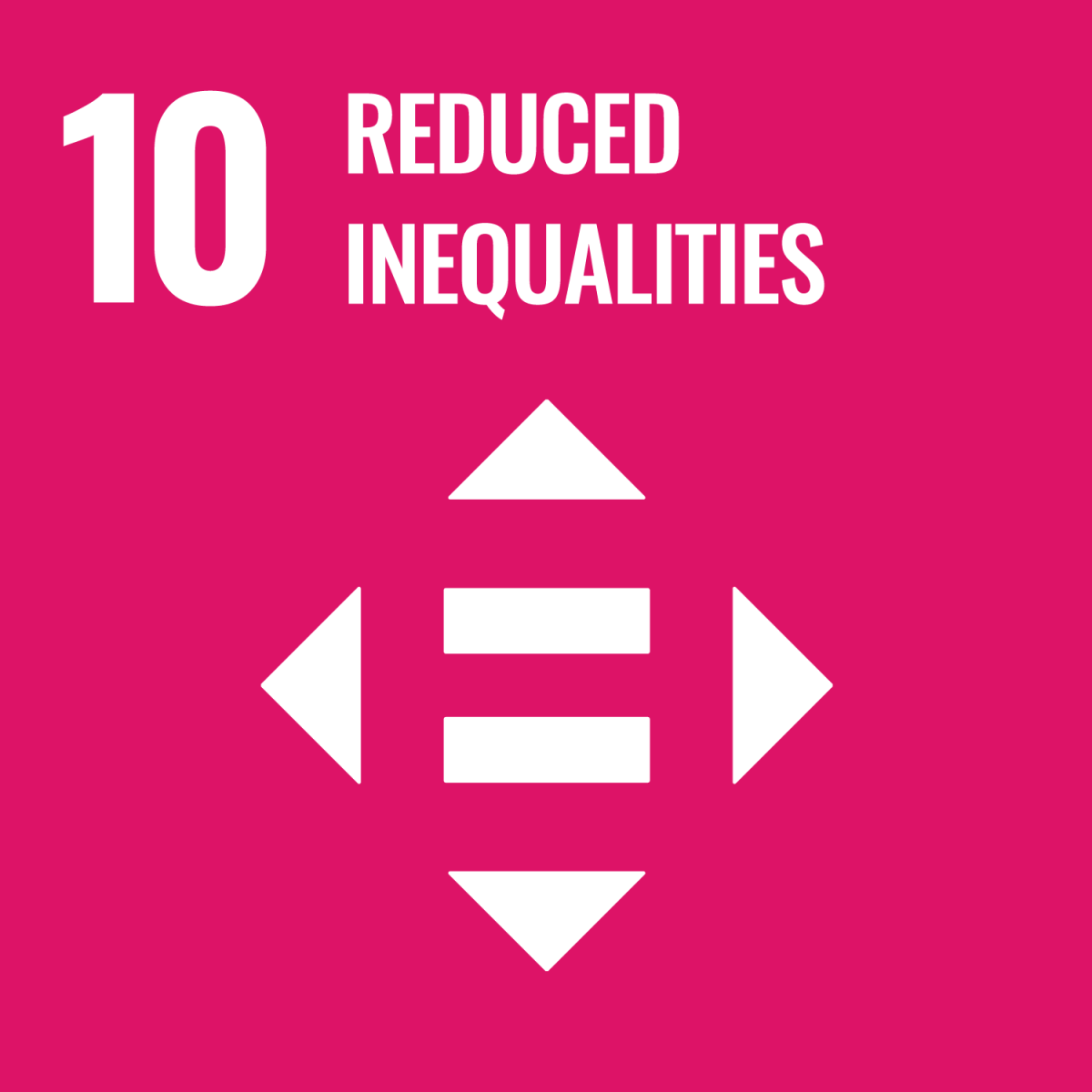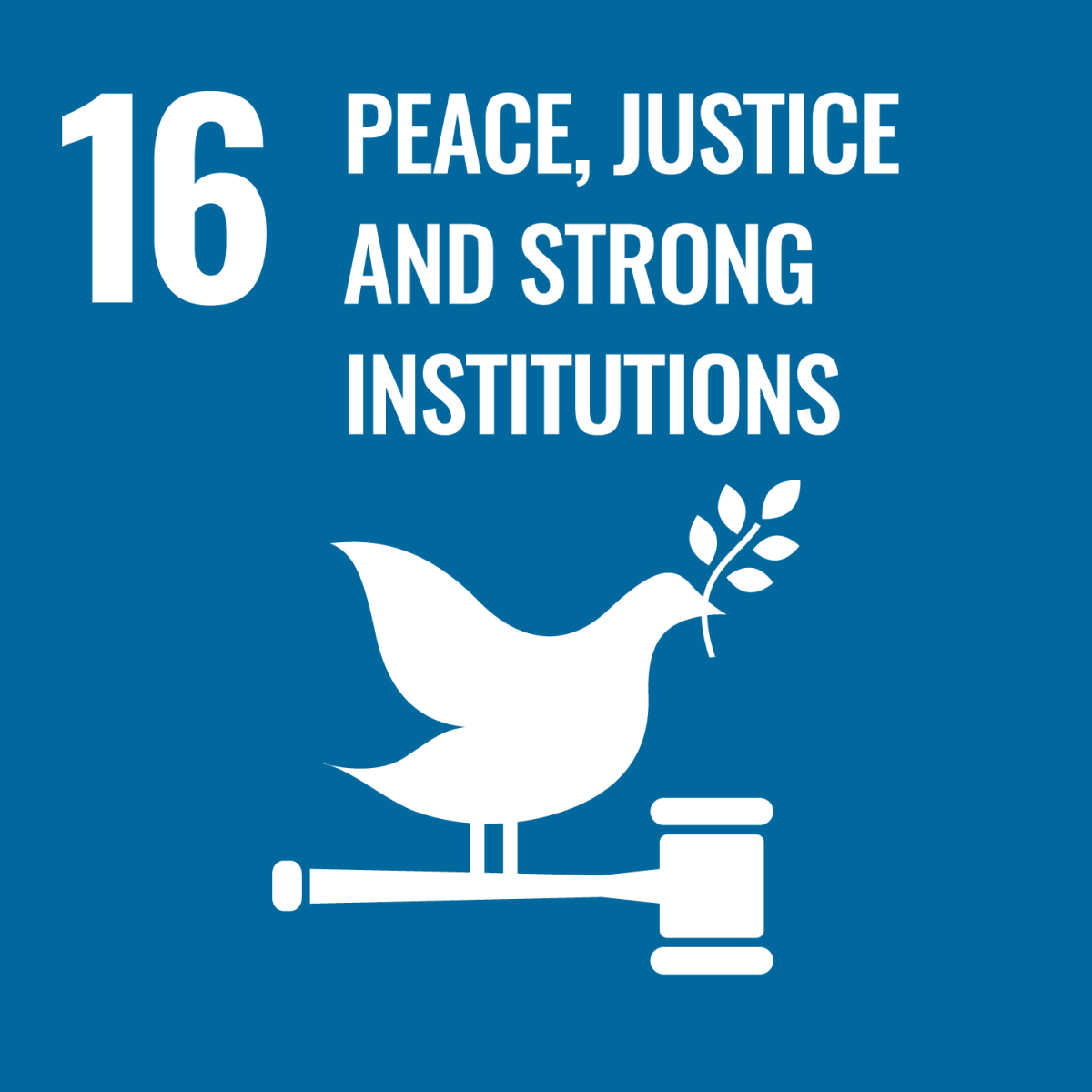Both Sustainability and Diversity, Equity, Inclusion and Belonging (DEIB) are important priorities for EMS and there are many intersections between them; one in particular that we emphasize is Environmental Justice.
Environmental Justice recognizes that communities are affected differently by environmental activities and regulations, that communities of color often experience disproportionately negative consequences from challenges related to climate change, pollution, healthcare inequities, and systemic racism, that historically marginalized voices are still too frequently left out of the conversation, and that within the sustainability movement, attention to reducing environmental, health, economic, and racial disparities is a major priority.
Our emphasis on Environmental Justice includes recognizing and valuing the knowledge, know-how, and agency of community members and forming reciprocal partnerships to address issues of concern. While our Environmental Justice emphasis serves all of the Sustainable Development Goals (SDGs), 4, 5, 10, and 16 are foundational.




Land Acknowledgement:
The Pennsylvania State University campuses are located on the original homelands of the Erie, Haudenosaunee (Seneca, Cayuga, Onondaga, Oneida, Mohawk, and Tuscarora), Lenape (Delaware Nation, Delaware Tribe, Stockbridge-Munsee), Shawnee (Absentee, Eastern, and Oklahoma), Susquehannock, and Wahzhazhe (Osage) Nations. As a land grant institution, we acknowledge and honor the traditional caretakers of these lands and strive to understand and model their responsible stewardship. We also acknowledge the longer history of these lands and our place in that history.
It should also be noted that as a Land Grant University, Penn State’s endowment principal from the Morrill Act was gained from the sale of lands expropriated from approximately 114 Native Nations across the western U.S. Learn more from the High Country News story “Land-grab universities: Expropriated Indigenous land is the foundation of the land-grant university system” (2020)
With the Carlisle Indian Industrial School in our backyard, we are also acutely aware of the painful history and legacy of American Indian Boarding Schools.
Dr. Robert Bullard is generally considered the “father of Environmental Justice.” Dr. Bullard visited (virtually) Penn State in 2020 to deliver the Sustainability Institute’s Environmental Justice Year keynote address with the talk “Environmental Justice: Where racism, climate and COVID meet.” More from that year’s series of events (developed by Sustainability Institute interns, one of whom was EMS Geography student Nebraska Hernandez) is available at https://express.adobe.com/page/QW49W094lrCI6/.
The Penn State Environmental Justice Team delivered the 2021 Colloquium on the Environment Kenote Address “Mapping a Just and Sustainable Future for Pennsylvania”.
The website Transition Studies: Exploring Transitions to a Just and Sustainable Future on a Finite Planet offers a number of resources and videos on environmental justice, several of which were recommended in relation to Dr. Bullard’s 2020 talk.
The U.S. Environmental Protection Agency (EPA) has relevant resources online.
The practice of “redlining” underlies many of the disparities we see today. To learn more about redlining, the Sustainability Institute recommends Richard Rothstein’s The Color of Law. Two reports from the NAACP were referenced in Dr. Bullard’s Penn State talk: Fumes Across the Fence-Line, A New Study by NAACP, Clean Air Task Force, and National Medical Association and Fossil Fueled Foolery 2021 edition.
Delegates to the First National People of Color Environmental Leadership Summit held on October 24-27, 1991, in Washington DC, drafted and adopted these 17 principles of Environmental Justice. Since then, the Principles have served as a defining document for the growing grassroots movement for Environmental Justice.
John Muir in Native America: Muir's romantic vision obscured Indigenous ownership of the land—but a new generation is pulling away the veil. “For centuries, American settlers drove Native Americans from their land, and largely eliminated them from conversations about nature and establishments like national parks. Now an environmental group, the Sierra Club, is examining its own role in excluding Native Americans.”
Why Environmental Justice is Key to Life on a Sustainable Planet: Studying the history of environmental action can help us create sustainable and equitable solutions for our shared future.
Birth of Environmental Justice: America has a long history of clustering heavy industry and toxic facilities in communities where people of color live. But in the 1980s, a series of events sparked a movement to fight back against these environmental injustices. We trace the history of the environmental justice movement from the farmlands of North Carolina to a watershed moment in the nation's capital.
PA Environmental Justice Areas DEP’s Definition of Environmental Justice (EJ) areas was updated on September 16. Find out more about the EJ Policy Revision or review the PennEnviroScreen tool and Methodology Document. There is also a short video overview on PennEnviroScreen and a Tutorial on PennEnviroScreen.
The Pennsylvania Environmental Justice Mapping and Screening Tool (PennEnviroScreen) available online. The state-of-the-art mapping tool will allow DEP to more accurately identify communities facing environmental justice issues using more than 30 environmental, health, and socioeconomic indicators.
When elephants fight: The Democratic Republic of Congo has been called a geological scandal due to its mineral rich soil. Unfortunately, those minerals, necessary to sustain today's technology, are funding the deadliest war since WWII. The film is available through Penn State University Libraries: When elephants fight / written and directed by Mike Ramsdell ; produced by Under the Hood Productions. View the trailer.
EMS Reads Fall 2022, Braiding Sweetgrass: Indigenous Wisdom, Scientific Knowledge and the Teachings of Plants by Dr. Robin Wall Kimmerer
Penn State Sustainability Institute Environmental Justice Website
Environmental Justice and Democracy Fall 2024 Colloquium Series
Environmental Justice student group hosts Abra Lee for luncheon event (November 2021) - The Atlanta-based horticulturist, Black gardener, researcher, writer, historian, and activist Is set to release new book in 2022.
Small Island Big Song Performance and related events Spring 2022
More research is needed to spread the benefits of electric vehicles equitably. Researchers should focus on equity issues surrounding the spread of electrical vehicles, according to a study by Penn State researchers.
PA has updated how it defines an ‘Environmental Justice Area.’ Here’s Why That Matters for At-Risk Communities Pennsylvania has updated the criteria for how it defines “environmental justice areas,” communities that are more vulnerable to climate and health risks and that get special attention from the state.
Roughly 2.3 million people live in one of these areas under the Pennsylvania Department of Environmental Protection’s revision of the 20-year-old environmental justice policy, down from 3.7 million before. Officials argue the update and the new way it is identifying these communities will help it prioritize resources and improve communication about permits and projects under the department’s purview.
Dr. Erica Smithwick of Science Moms: “Explain your choices” - Explain your choices. Why are you buying that product and not another one at the grocery store? Where is your energy coming from? As part of my series about companies who are helping to battle climate change,”
Growing Impact' podcast with Emily Rosenman, assistant professor in the Department of Geography, examines relationship between housing, energy, justice.
Sloan Foundation grant to help support equitable transition to renewable energy - Penn State University
Green colonialism’: Indigenous world leaders warn over west’s climate strategy: World Indigenous leaders meeting this week at an annual UN summit have warned that the west’s climate strategy risks the exploitation of Indigenous territories, resources and people.
Growing Impact Podcast with Mark Ortiz, Provost’s Postdoctoral Fellowship Program scholar and now Assistant Professor in the Department of Geography, explores how the younger generation is getting involved in climate research and policy.

